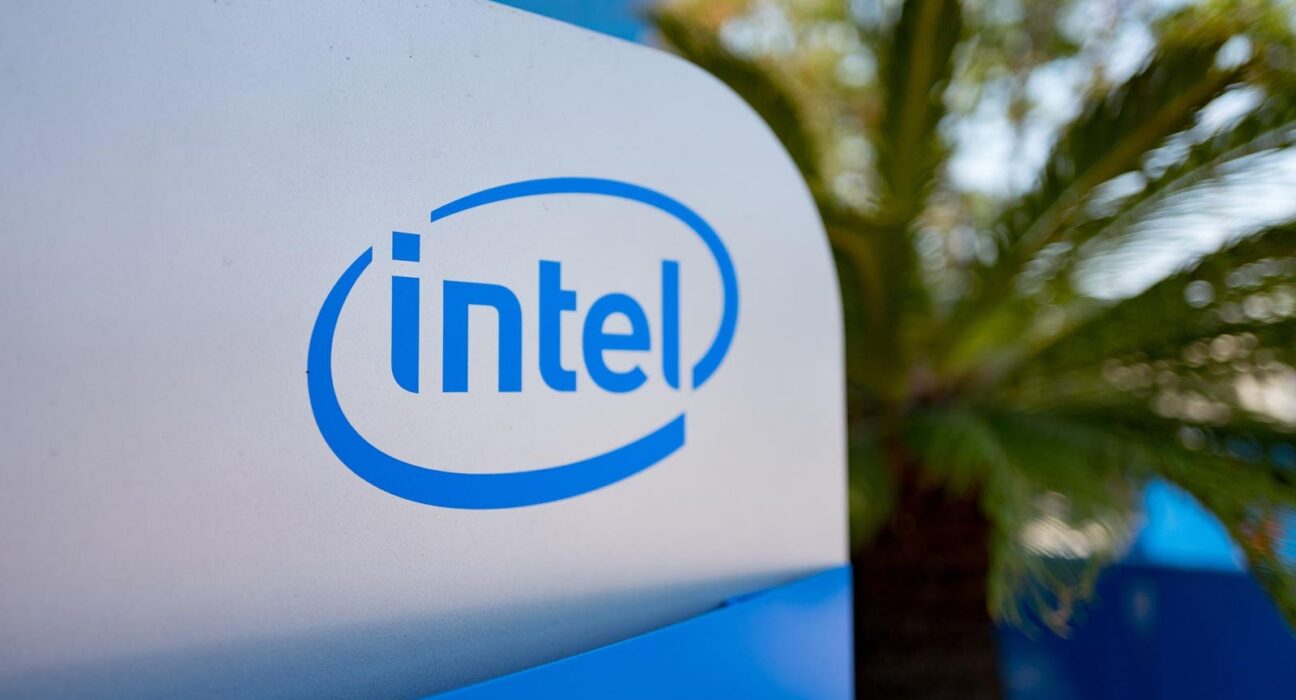Promoting his new book over the summer, economist Ruchir Sharma managed to get one of its main themes splashed all over the media: “When the price of borrowing money is zero, the price of everything else goes bonkers.”
Ruchir was talking about the stock market, and promoting the falsehood that when the Fed makes credit costless, stocks soar. Sadly, this falsehood made it within days into the Wall Street Journal, Washington Postand the New York Times. The great Bret Stephens disappointingly wrote about it approvingly in the Times. It was “you didn’t build that,” right-wing edition.
The evidence rejecting Sharma’s claims was voluminous, including the fact that in the world of actual market-based credit prices, there’s no such thing as “zero.” Think about it, and in thinking about it, readers need only remind themselves that time and compound returns are easily the most powerful forces in investing. They’re nearly everything. Look up Warren Buffett’s net worth when he was 70 if you’re still confused.
No one with title to money would ever lend it out for nothing. It’s just too costly. Yet this is a myth Sharma has been promoting in top locales of opinion for years. And he’s sadly done so without any rebuttal.
Taking the narrative’s absurdity further, it’s easy to forget that stock markets logically gain strength from periods of weakness. As in what powers market indices upward is the relentless replacement of the bad and mediocre by the good and great. If you’re confused here, merely look up the most valuable U.S. companies in 2000, 2010, and even 2020. It’s the frequent change at the top that moves the market upward.
Sharma’s narrative presumes that none of the above applies, that when the Fed goes to zero that markets comply against the power of time and compound returns, and they comply on the way to soaring equity prices. Forget the absurdity of it all, and then just imagine what it would mean even if it were true what Sharma asserts: stocks would rise amid so-called Fed “ease,” and without regard to their virtues. Except that it’s not how markets work. At all.
See Nvidia’s recent induction into the Dow Jones 30, and the company it replaced: Intel. Notable about Nvidia is that its biggest price surge took place in 2023, a year in which the Fed was persistently raising rates. Something about great companies authoring transformative change seems to matter more than what the would-be central planners at the Fed do. You think?
With Intel (formerly an upstart that replaced market giants at the top – see the late 1990s), it’s notable that when the Fed’s rate “pause” revealed itself after July of 2023, there was no subsequent rally in Intel shares. This is important simply because some are trying to say that in fact the Fed’s movements do dictate equity prices, and that expectations of eventual rate hikes, pauses or both lifted prices. Not really. Since the Fed’s pause Intel’s shares are down 35%.
The main thing is that Fed interventions can’t alter reality. Such a view first presumes investors so gullible as to be cheered by government intervention in anything. Second, such a view would again presume stocks would go up amid rate hikes or anticipation of same without regard to actual fundamentals. Not at all. In 2024 alone, Intel’s shares are down 50 percent, and with their decline the corporation’s exit from the DJIA.
As always, markets gain strength from periods of weakness as the future replaces the past. At present, Nvidia is seen as the future, thus it’s surge amid alleged Fed austerity. If history is any kind of indicator, what will give the DJIA further life in the future will not be government intervention per Sharma, but the inevitable replacement of a few or all of the current Magnificent Seven. In other words, if the Fed could do what the pundit class imagines it does (prop up the present), it would do so at the expense of the replacement of the present that always and everywhere drives rallies.




